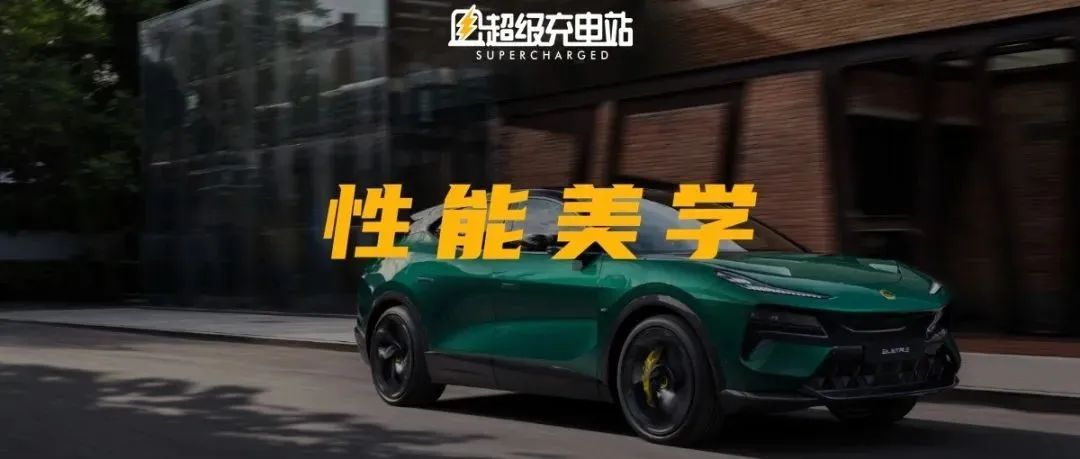Title: Lotus CEO: Eletre is a HyperSUV
Author: Chang Yan
Car exhibitions, as large-scale offline events, have many tricks when it comes to the location of each brand’s booth and the car models placed in the C position of the exhibition stand.
Taking the Chengdu Auto Show as an example, Lotus placed its booth in Hall 12- the luxury car hall, surrounded by well-known luxury car brands. Among these brands, Lotus is the only one that placed its electric cars in the C position.
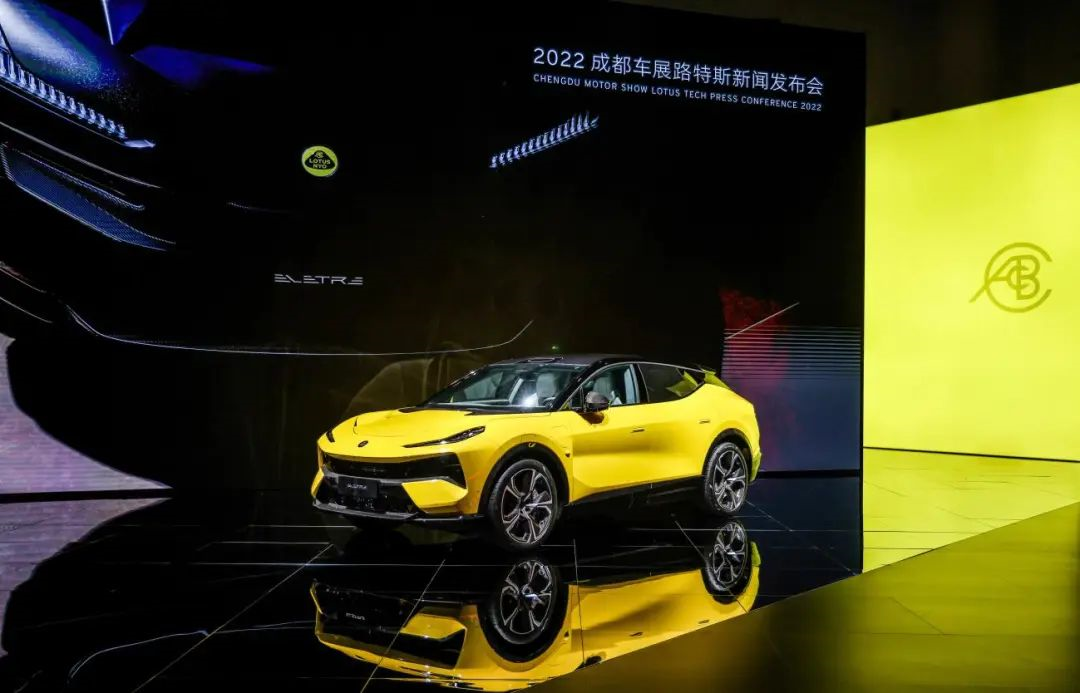
This not only demonstrates that Lotus is the first to shift towards pure electric in high-performance sports brands, but also shows that this first-mover advantage gave Lotus the opportunity to define its products in the field of pure electric vehicles.
In the field of traditional sports cars, beyond the supercar exists the absolute realm of HyperCar. The first pure electric vehicle of Lotus, Eletre, has been given the name of HyperSUV. This raises the question of whether an EV can live up to the name of Hyper, and what kind of confidence Eletre has to crown itself as such.
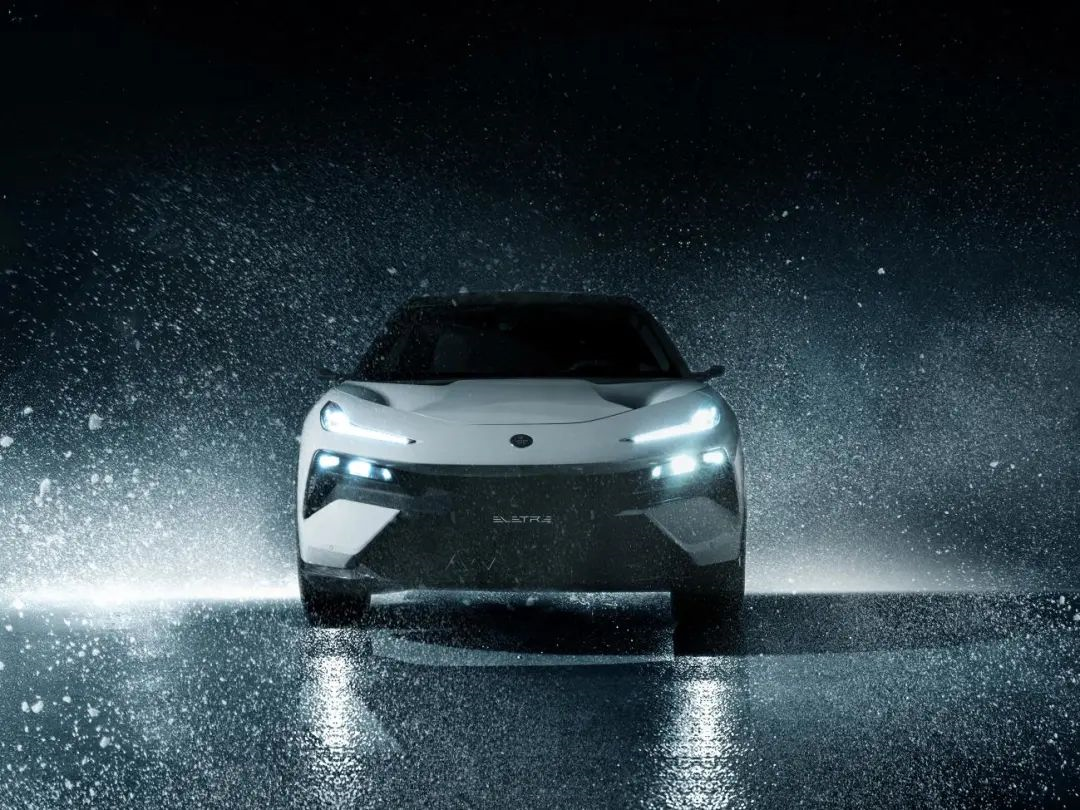
With this question in mind, we conducted an interview with Feng Qingfeng, the CEO of Lotus Group, and Qing Yan, the CMO of Lotus Technology.
Three levels of “Hyper”
Whenever Lotus is mentioned, people always like to quote Lotus Founder Colin Chapman’s “Wear the car.” Of course, this describes the extremely agile driving feeling of Lotus vehicles. In the new era of Lotus, it seems that there is a need to go further in this regard.
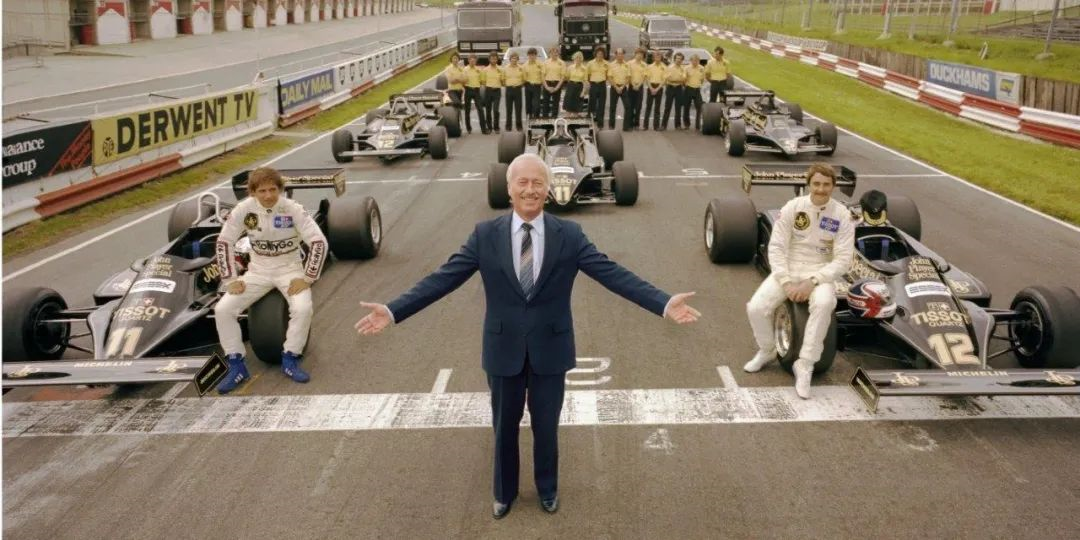
Feng Qingfeng said that in terms of product, Eletre’s Hyper will involve three aspects: performance, design, and intelligence.
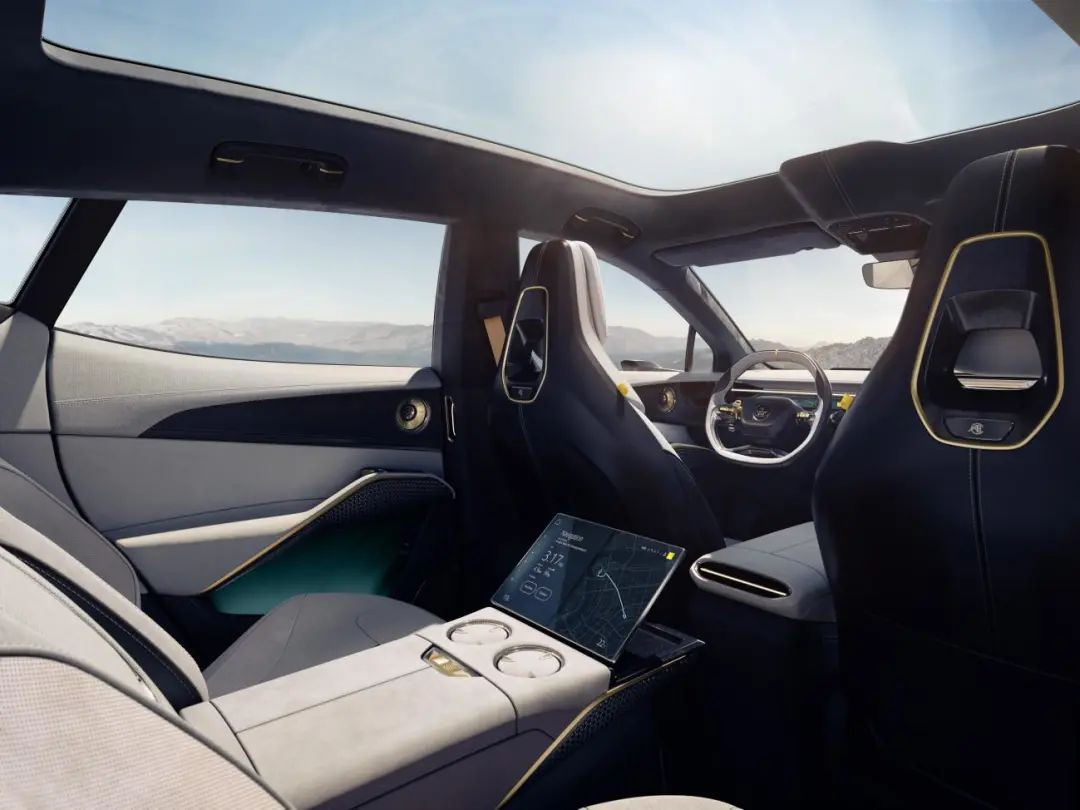
What’s interesting is that, in Lotus’s view, design and intelligence are two dimensions that are inseparable and cannot be avoided when it comes to performance. Feng Qingfeng said, “We often use the term ‘performance aesthetics.’ Performance defines aesthetics, which is our bottom line in terms of design.“# Our Design Philosophy
“Our designs are all functional. We never do anything unnecessary. It’s not about beauty for beauty’s sake, but about making things more beautiful while meeting functional needs. Design should serve function. This is our unchanging design philosophy.”
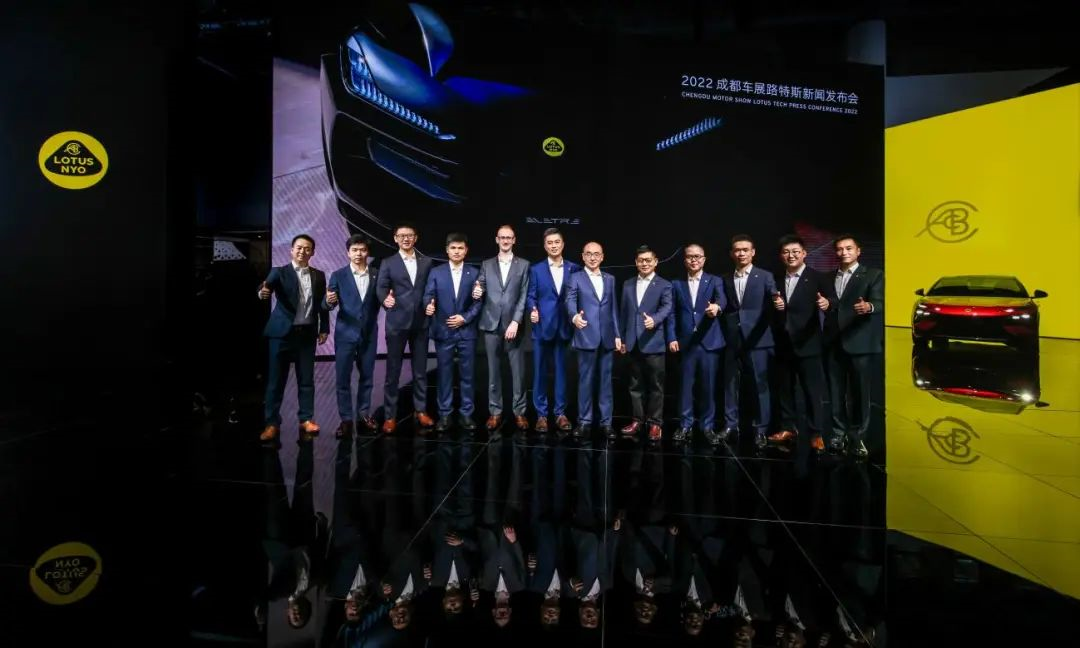
For example, the Race-Aero adjustable air vents and infinitely variable active air intake grille on the Eletre were designed based on the functional requirements of vehicle movement. When closed, they reduce wind resistance and increase mileage. When open, they increase heat dissipation and contribute to downforce.
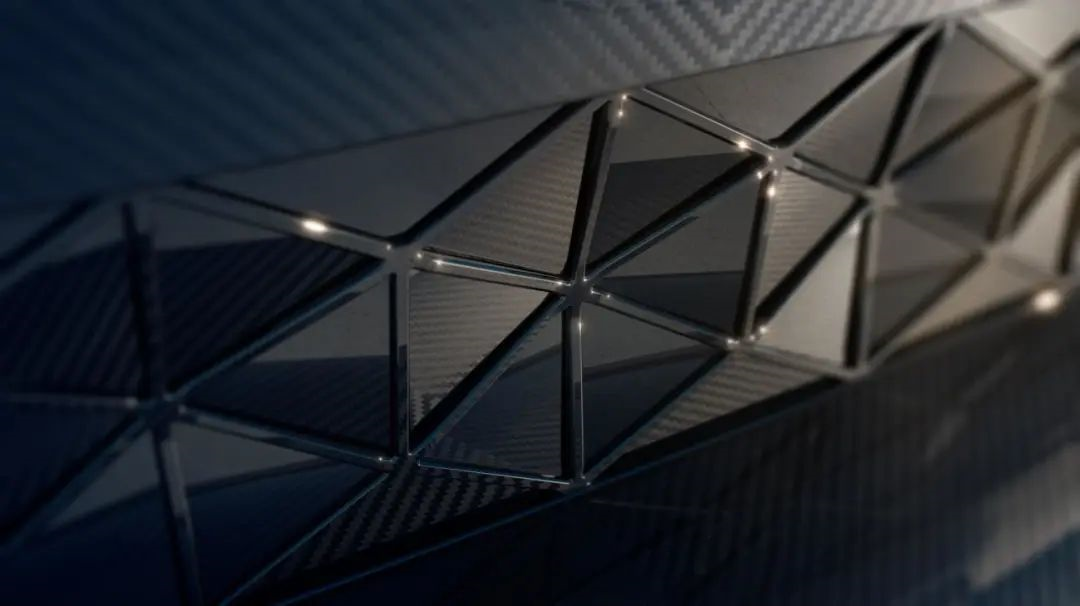
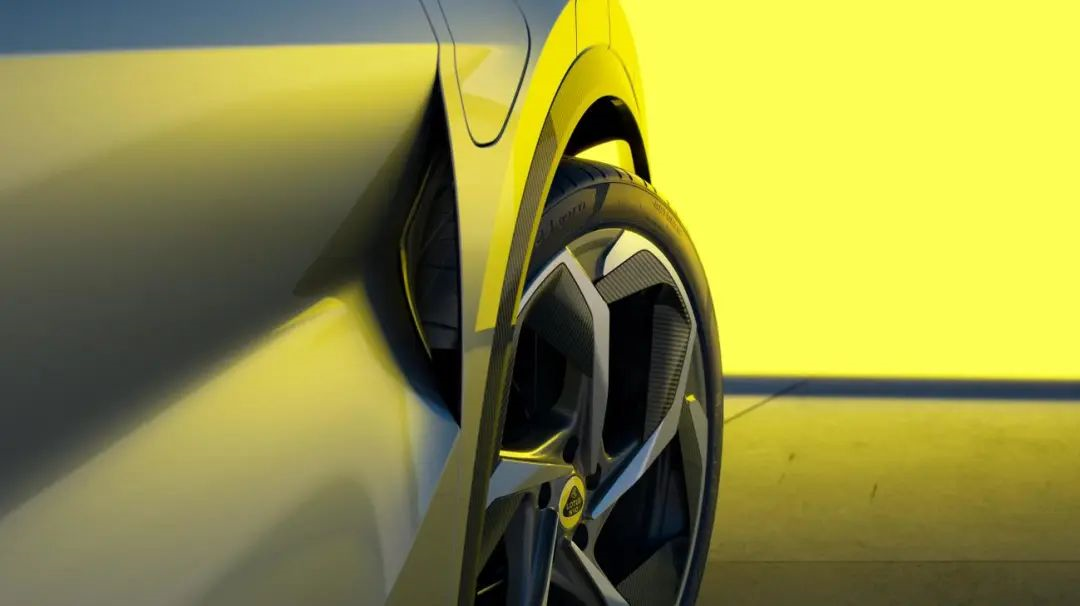
“We still stick to Lotus’ most traditional performance orientation and find the maximum balance point between performance, mileage, downforce, and wind resistance,” added Qingyan.
The Eletre’s final design was a result of Feng Qingfeng revising it four times, each time making new revisions because it wasn’t “Lotus enough.” “Every point above 95 points required a lot of effort, but we thought it was worth it,” he said. In the end, this design was recognized by employees who had worked at Lotus for decades, and even by the Chapman family.
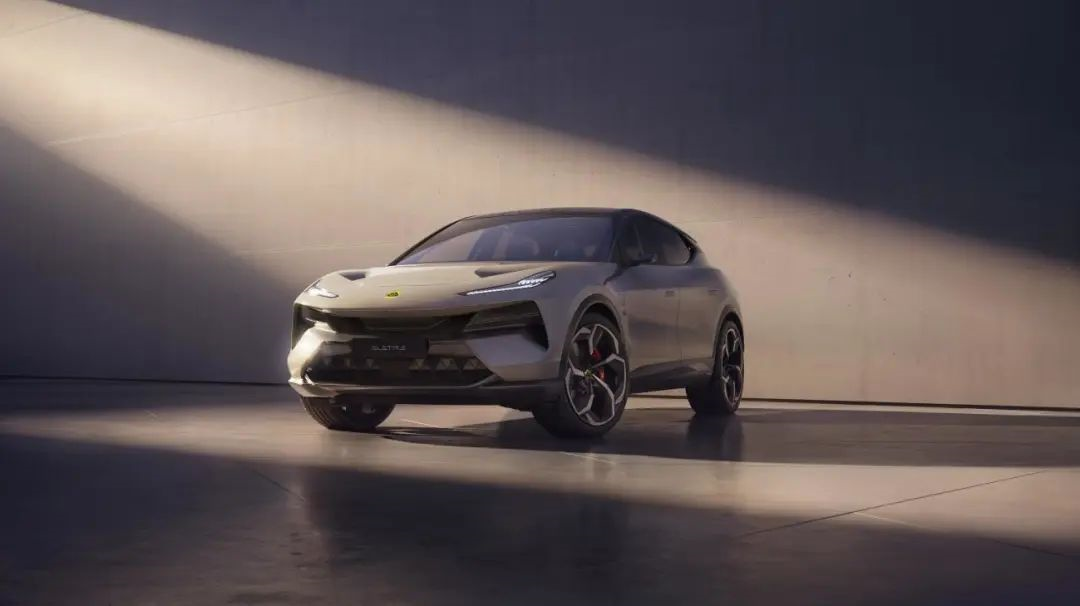
Although Eletre’s actual intelligent performance has not yet been tested by the media, intelligence has become a part of the new era of performance. “I always insist that the height of hardware determines the depth of software,” Feng added. “Hardware must be high enough for software to be intelligent and iterative,” which is why we see the presence of the dual 8155 vehicle hardware and the perception system consisting of 34 sensor groups, with four lidar at its core.
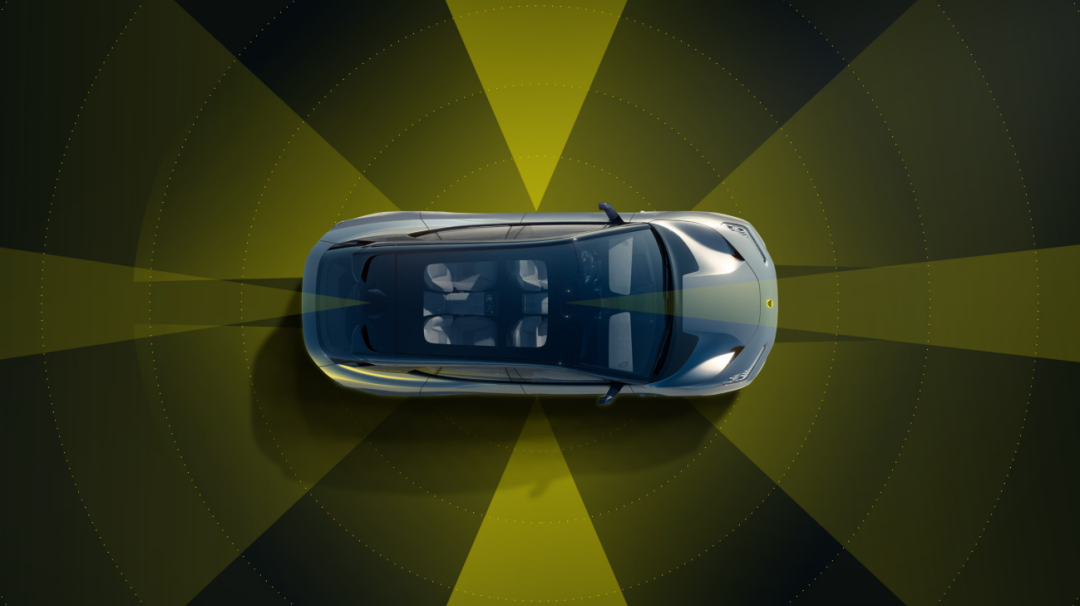
A New Internationalization Attempt
Compared to other luxury brands, the reason why the industry is so confident in Eletre’s intelligence is largely due to the fact that it has placed the center of its intelligence capabilities in China.“`
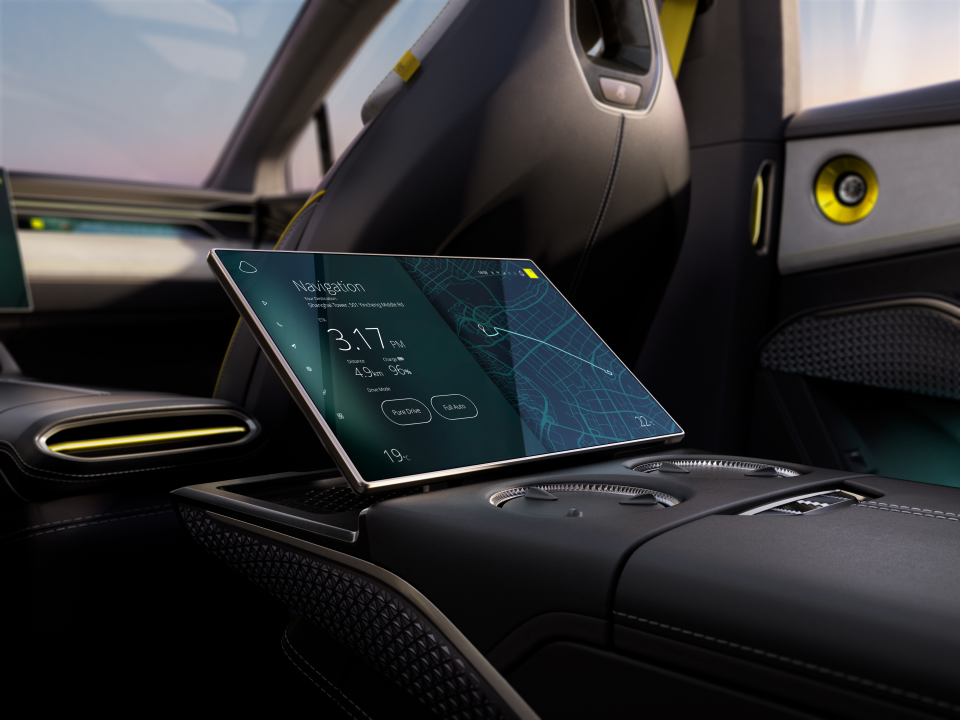
Clearly, in the age of software-defined cars, the competition for intelligence has inevitably shifted towards the software field. In this development area, China has long been in a leading position, and putting the center of intelligence in China will help the whole product to quickly respond to the needs and decisions of Chinese consumers in terms of function development, which is crucial for Eletre’s main market.
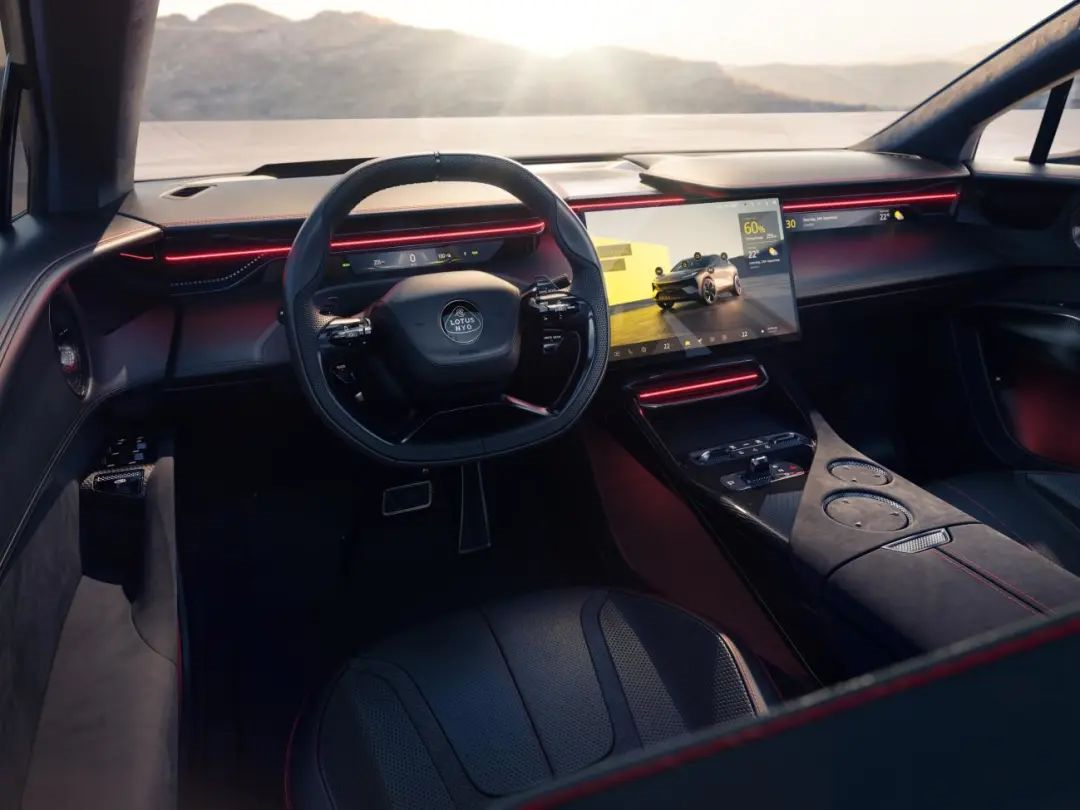
The internationalization of Eletre’s core is not brand internationalization or sales internationalization, but the internationalization of R&D division of labor.
Feng Qingfeng explained that “we are recruiting overseas and we have also established intelligence capabilities in Europe, but intelligence is led by China, and mechanization is led by Germany and the UK; there are also styling teams in China, but all under the leadership of the UK. Because when engineering is applied, people who understand the language of styling can explain the project to engineers, so there must be local styling capacity.”
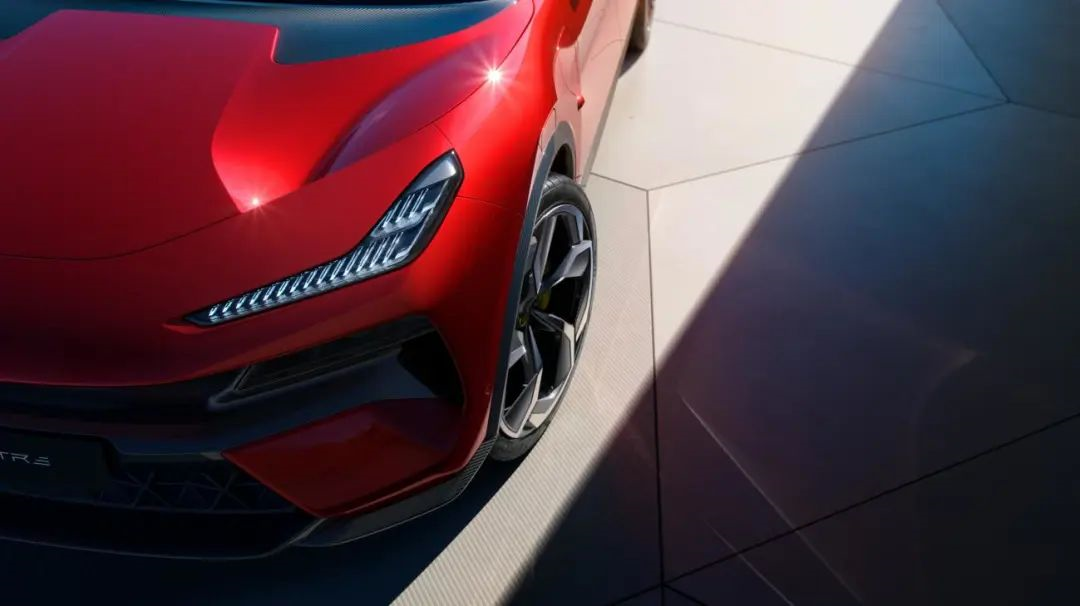
It can be said that the division of labor of each part has maximized the use of local resources and capabilities.
And the globalization process of Eletre has progressed faster than expected, “now our global cloud has been deployed, including those in China, Europe, and the UK, because compliance requires local deployment. Next, we will have global deployment, such as in the United States, the Middle East, and Japan. We will first deploy intelligence capabilities and then the car.”
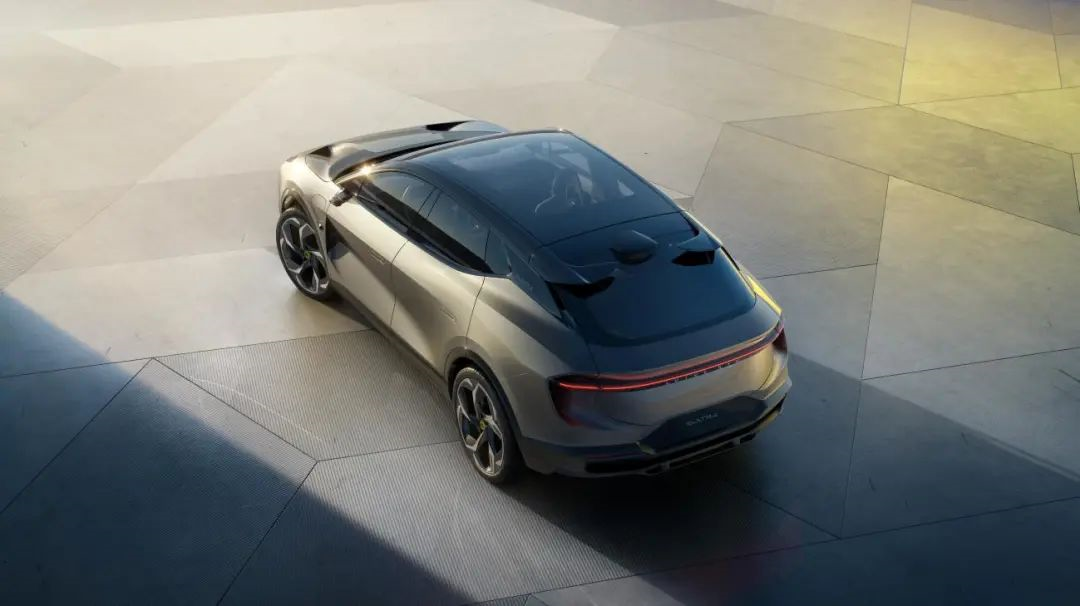
In the fourth quarter of this year, Lotus will gradually open stores in Oslo, Paris, London, and Amsterdam in the Netherlands. Next year, in addition to the UK, Lotus will establish more than 60 stores in eight European countries.
Operation is also Lotus
“Before the arrival of Eletre’s complete vehicle, we will have closer and earlier contact with Lotus’ pure electric user operation,” according to Qingyan. Lotus’ user operation will be divided into multiple fields, and its ONE ID system will connect the unique personalized experience of users in different scenarios between the car side and the vehicle side.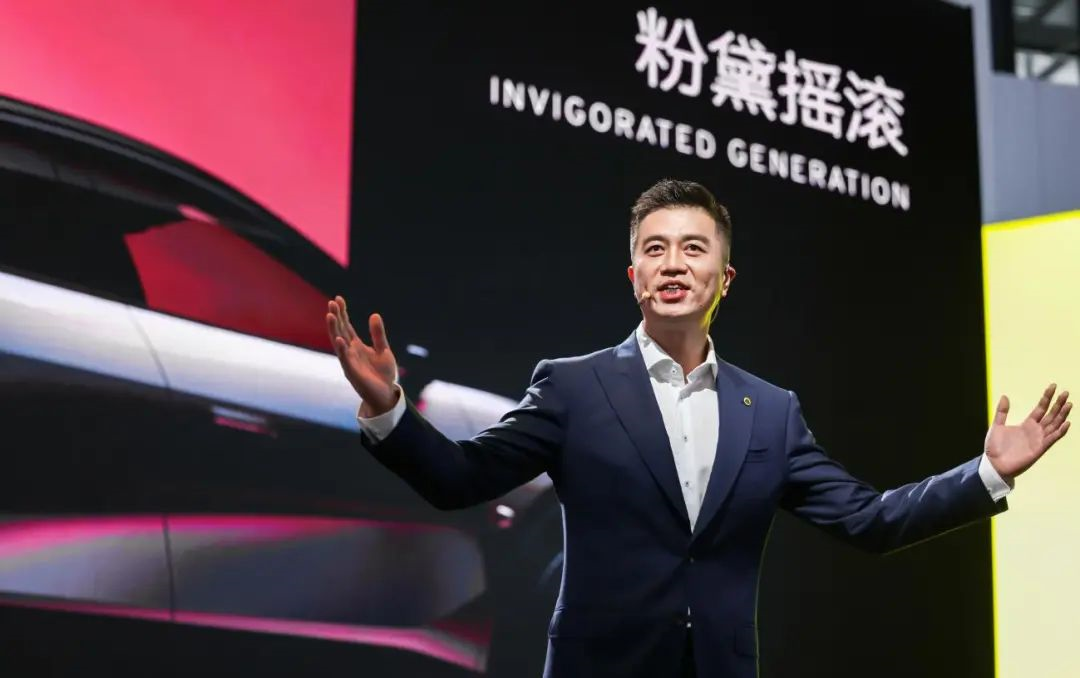
This exclusive service is integrated into the entire car purchase and use process. “From the perspective of user operation, the most basic thing is to build a user operation system throughout the entire scene domain, including the operation systems for the car, offline, store, and online ends, and to achieve digitization, one ID, and full life cycle integration.”
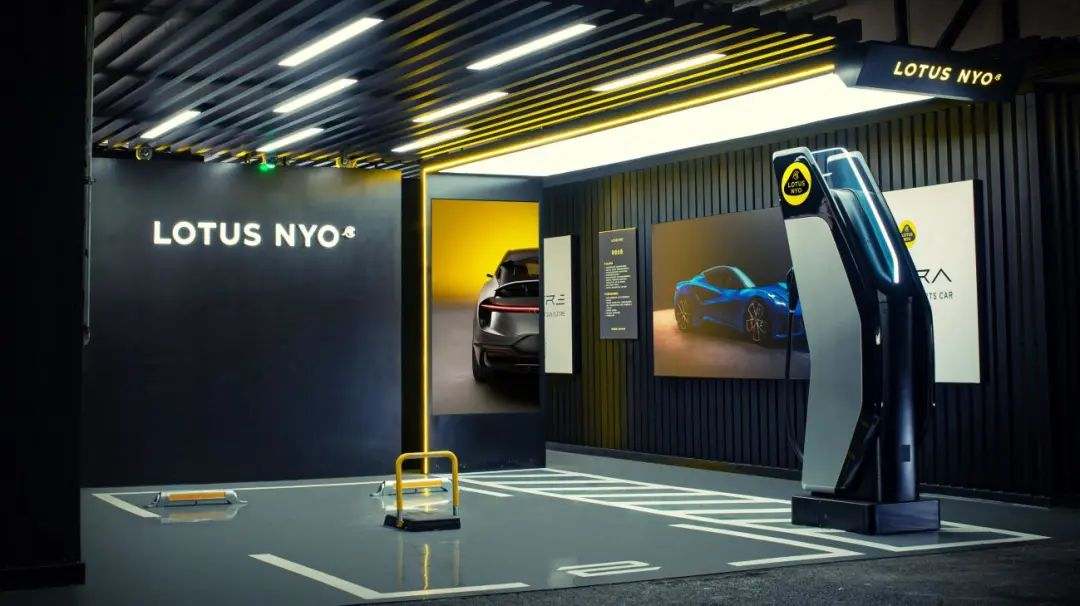
At the same time, Lotus is also making efforts online. “We also have online operations and are building a Lotus APP, which now has many track communities. We have previously cooperated with Peace Elite and have some topics of Peace Elite. We are gradually establishing a digital operation mode in the community as well.”
In response to Lotus’s user attributes, some user operation techniques that have not appeared in other brands will also appear in the Lotus brand. For example, Lotus will hold more racing events centered around the track, and for high-level users, Lotus is also trying to do more user co-creation.
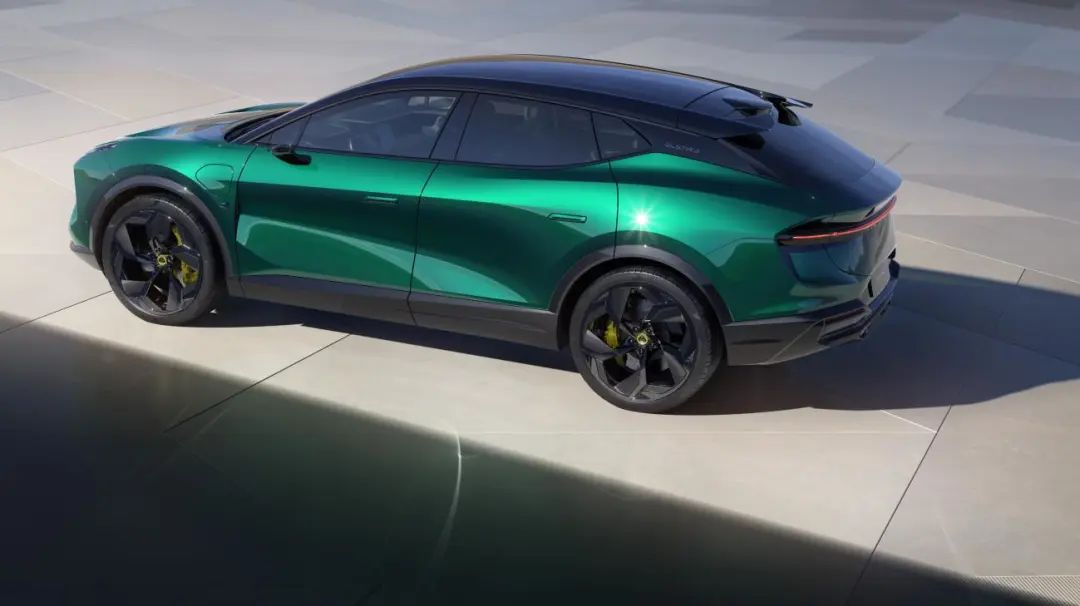
In 2018, when Lotus celebrated its 70th anniversary, it prepared the “Vision 80” plan for the next decade. With the 75th anniversary celebration coming up next year, this electrifying progress is just in time.
This article is a translation by ChatGPT of a Chinese report from 42HOW. If you have any questions about it, please email bd@42how.com.
